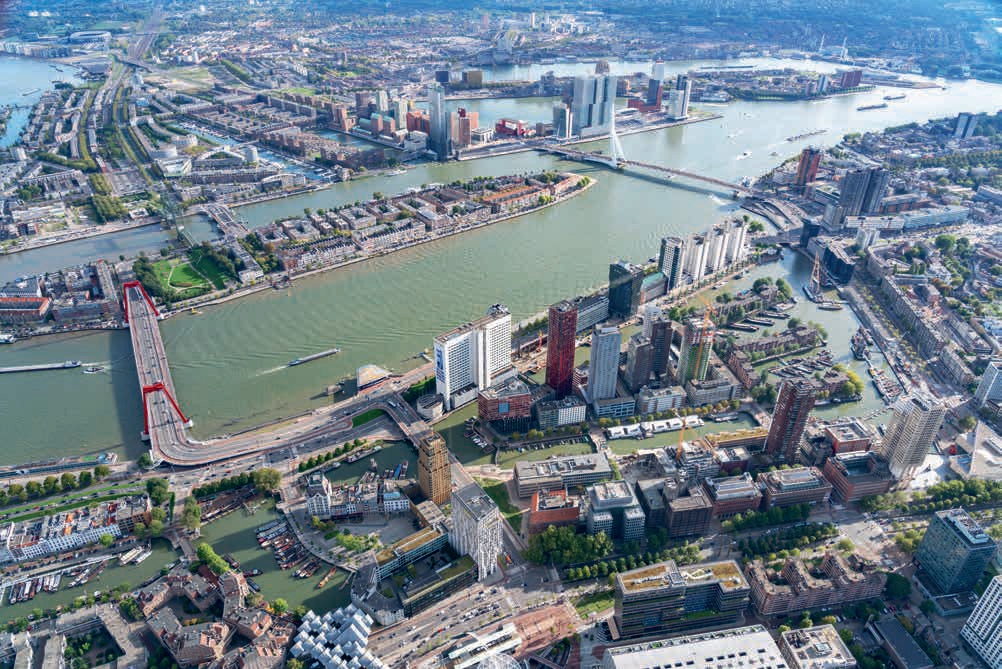Always the real the thing?
Authenticiteit in het tijdperk van digitale reproduceerbaarheid
DOI:
https://doi.org/10.48003/knob.119.2020.4.701##submission.downloads##

Samenvatting
Walter Benjamin’s famous 1935 essay ‘The Work of Art in the Age of Mechanical Reproduction’ addresses the authenticity of a work of art as something beyond the merely material and technical. Benjamin constructs a broader notion of authenticity that includes ‘the life of things’ and is related to new techniques in artistic production. This broader sense of authenticity is used here to explore how it may help us to understand architecture in the age of digital reproduction. Two aspects of authenticity in Benjamin’s article are discussed: process reproduction and image reproduction.
In process reproduction, authenticity is transformed through the mediation of technical procedures. Benjamin’s analysis of photography and film is a seminal version of how the digital age raises new questions through tools and techniques such as programs, coding and algorithms. The work of Kees Christiaanse in collaboration with Ludger Hovestadt provides an example of an increasingly algorithmic approach to urban planning. In image reproduction, the question of authenticity revolves around the increasing proliferation of images. In this context, the Wangjing soho complex by Zaha Hadid and its apparent imitation by a Chinese developer proves illuminating. These projects show aspects of the changing conditions of the digital age, in which new techniques of realization may transform current notions of authenticity.
Referenties
W. Benjamin, ‘The Work of Art in the Age of Mechanical Reproduction’, in: W. Benjamin, Illuminations: Essays and Reflections, red. H. Ahrendt, vert. H. Zohn, New York 1968, 217-251, 221 (vert. van ‘Das Kunstwerk im Zeitalter der technischen Reproduzierbarkeit’, 1935).
W. Denslagen, ‘Authenticiteit en spiritualiteit’, Bulletin KNOB 109 (2010) 4, 135-140.
Benjamin 1968 (noot 1), 220.
Benjamin 1968 (noot 1), 220.
J. Baudrillard, Simulacra and Simulation, vert. Sheila Glaser, Ann Arbor 1995 (vert. van Simulacres et simulations, Parijs 1981).
Benjamin 1968 (noot 1), 220.
S. Allen, Practice. Architecture, Technique and Representation, New York 2000, 33.
Op de website van KCAP wordt het project gepresenteerd als ‘flexibel masterplan’, ofwel ‘geen ontwerp maar een strategie waarvan het eindresultaat niet vaststaat’. www.kcap.eu/en/projects/v/wijnhaveneiland/.
Het project ‘Follow the church’ liep van 1999 tot 2001. Het principe werd vervolgd in Kaisersrot, op de website aangekondigd als ‘solutions you cannot draw’. www.kaisersrot.com/kaisersrot-02/Welcome.html.
Het proefschrift is als publiekseditie uitgegeven: A. Lehnerer, Grand Urban Rules, Rotterdam 2009.
Allen 2000 (noot 7), 31-45. Hij merkt hierbij op dat architectuur zich ergens tussen het ‘autografische’ en het ‘allografische’ beweegt.
M. Fairs, ‘Zaha Hadid Building Pirated in China’, dezeen.com, 2 januari 2013, www.dezeen.com/2013/01/02/zahahadid-building-pirated-in-china/.
‘Hadid said in an interview, she is now being forced to race these pirates to complete her original project first.’ K. Holden Platt, ‘Copycat Architects in China Take Aim at the Stars’, Der Spiegel online, 28 december 2012, www.spiegel.de/international/zeitgeist/pirated-copyof-design-by-star-architect-hadid-beingbuilt-in-china-a-874390.html.
Geciteerd in Holden Platt 2012 (noot 13).
Gepubliceerd
Citeerhulp
Nummer
Sectie
Artikelen
Licentie
Copyright (c) 2020 Lara Schrijver

Dit werk wordt verdeeld onder een Naamsvermelding 4.0 Internationaal licentie.





